In the silent aftermath of any major transportation accident, investigators face the daunting task of piecing together fragmented evidence to reconstruct events. Increasingly, they turn to an unassuming yet invaluable witness: the digital data recorder, commonly known as the "black box." These devices, now standard in aviation, maritime, and rail industries, serve as technological custodians of truth, capturing critical parameters that narrate the final moments before a disaster.
The term "black box" is somewhat misleading, as these devices are typically bright orange to aid recovery. They consist of two primary components: the Flight Data Recorder (FDR) and the Cockpit Voice Recorder (CVR). The FDR logs hundreds of flight parameters every second, from altitude and airspeed to engine performance and control surface positions. Meanwhile, the CVR preserves the last two hours of cockpit audio, including pilot communications and ambient sounds that might reveal system failures or human factors.
Modern black boxes represent a remarkable evolution from their primitive predecessors. Early aviation recorders in the 1950s used metal foil to capture limited data, which often proved insufficient for thorough investigations. Today's solid-state devices can withstand extreme conditions – surviving impacts equivalent to 3,400 Gs, temperatures exceeding 1,000°C for extended periods, and deep-sea pressure at 20,000 feet. This durability ensures the preservation of evidence even in the most catastrophic scenarios.
The process of extracting and analyzing black box data has become increasingly sophisticated. Specialized laboratories employ proprietary software to decode the raw information, transforming binary data into comprehensible timelines. Investigators look for anomalies in the data stream – sudden changes in altitude, unexpected maneuvers, or system warnings – that might explain the sequence of events. Voice recordings undergo enhanced audio filtering to isolate critical communications from background noise.
While aviation black boxes receive the most public attention, similar technology has proliferated across other transportation sectors. The maritime industry has adopted Voyage Data Recorders (VDRs), which track ship movements, radar images, and bridge communications. Modern trains carry Event Data Recorders that monitor speed, braking patterns, and signal responses. Even commercial trucks and passenger vehicles increasingly incorporate basic data recording capabilities within their electronic control units.
The growing sophistication of these devices raises important questions about data privacy and ownership. Cockpit voice recordings, while invaluable for safety investigations, capture personal conversations that families might find distressing. Some jurisdictions mandate strict protocols governing who can access recordings and when they must be erased. The balance between investigative transparency and personal privacy remains an ongoing debate within the transportation industry.
Recent technological advancements promise to revolutionize accident reconstruction further. Some manufacturers now experiment with deployable recorders that eject during an impact, complete with flotation devices and locator beacons. Others propose continuous data streaming to ground stations, eliminating the need for physical recovery. However, these solutions face challenges including cost, bandwidth limitations, and cybersecurity concerns that must be addressed before widespread adoption.
The black box's role extends beyond accident investigation. Airlines routinely analyze flight data to identify potential safety issues before they lead to incidents. This proactive approach, known as Flight Operations Quality Assurance (FOQA), has prevented countless accidents by detecting subtle patterns in operational data. Similarly, maritime companies use VDR information to improve navigation practices and crew training programs.
As transportation systems grow more complex, so too does the challenge of interpreting black box data. Modern aircraft incorporate fly-by-wire systems where pilot inputs pass through computer interpretation before affecting control surfaces. Investigators must understand these layers of abstraction to properly assess human-machine interactions. The increasing automation across all transport modes demands investigators with specialized knowledge in both operational procedures and software engineering.
The future of accident investigation likely involves integrating black box data with other digital evidence sources. Security camera footage, air traffic control recordings, maintenance records, and even passenger smartphone data could provide complementary perspectives. Advanced visualization technologies may allow investigators to recreate accidents in immersive virtual environments, testing different scenarios against the available evidence.
Despite their technological sophistication, black boxes remain fundamentally human tools – designed by people to explain events to people. The data they provide forms the foundation for safety improvements that protect future travelers. Each investigation contributes to the collective knowledge that makes transportation systems safer, ensuring that lessons from tragedy lead to meaningful change.
The silent testimony of these digital witnesses continues to shape our understanding of complex systems and human performance under stress. As technology advances, the black box's role as an impartial narrator of events will only grow more crucial in our ongoing pursuit of transportation safety and accident prevention.

By /Jun 14, 2025

By /Jun 14, 2025
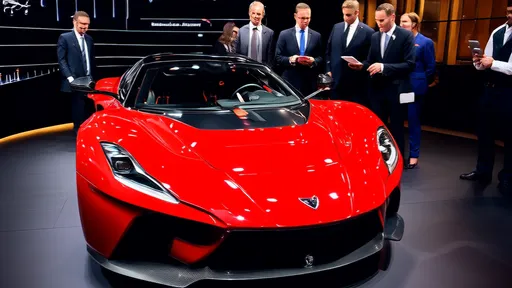
By /Jun 14, 2025

By /Jun 14, 2025
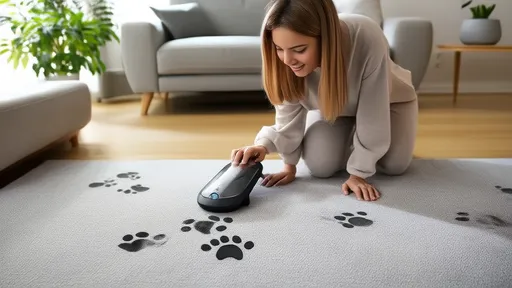
By /Jun 14, 2025
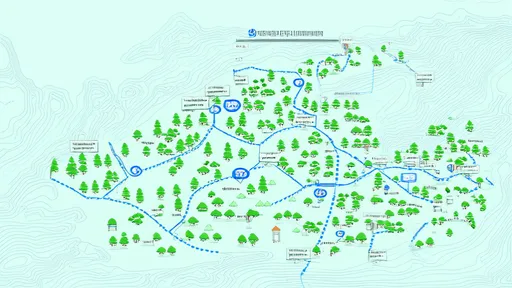
By /Jun 14, 2025
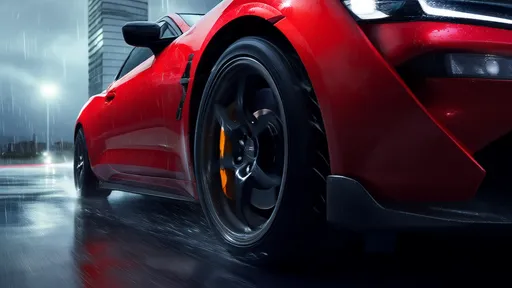
By /Jun 14, 2025

By /Jun 14, 2025
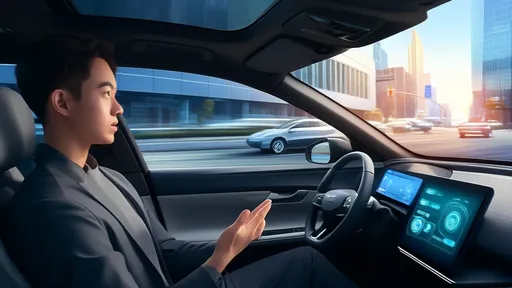
By /Jun 14, 2025
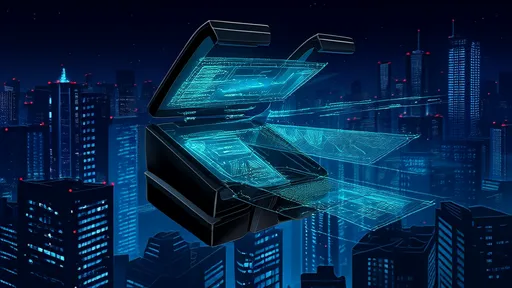
By /Jun 14, 2025
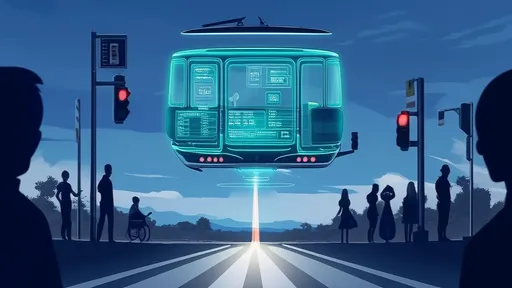
By /Jun 14, 2025
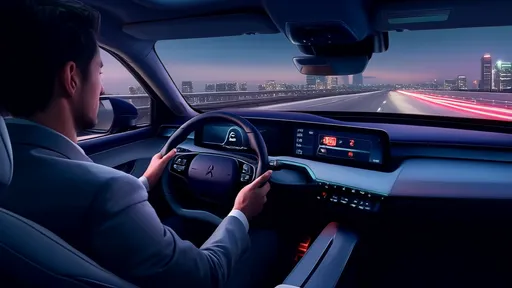
By /Jun 14, 2025
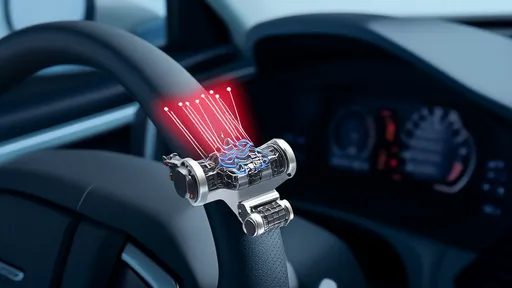
By /Jun 14, 2025
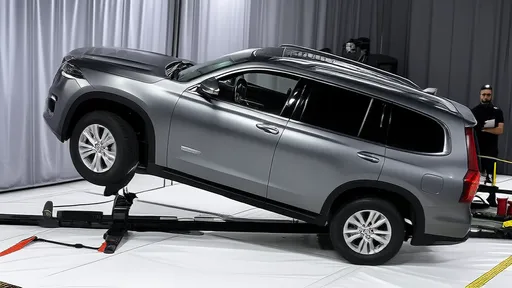
By /Jun 14, 2025
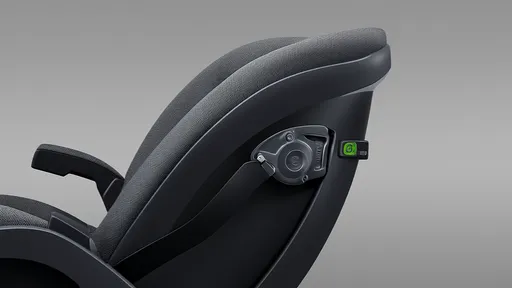
By /Jun 14, 2025
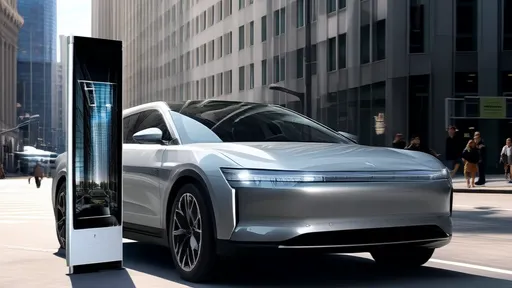
By /Jun 14, 2025
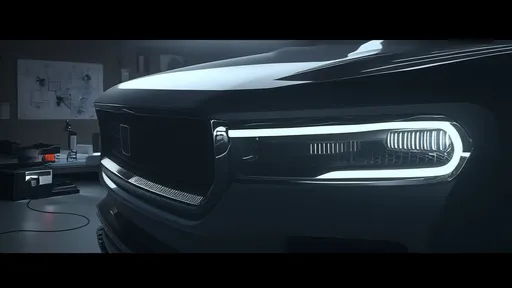
By /Jun 14, 2025